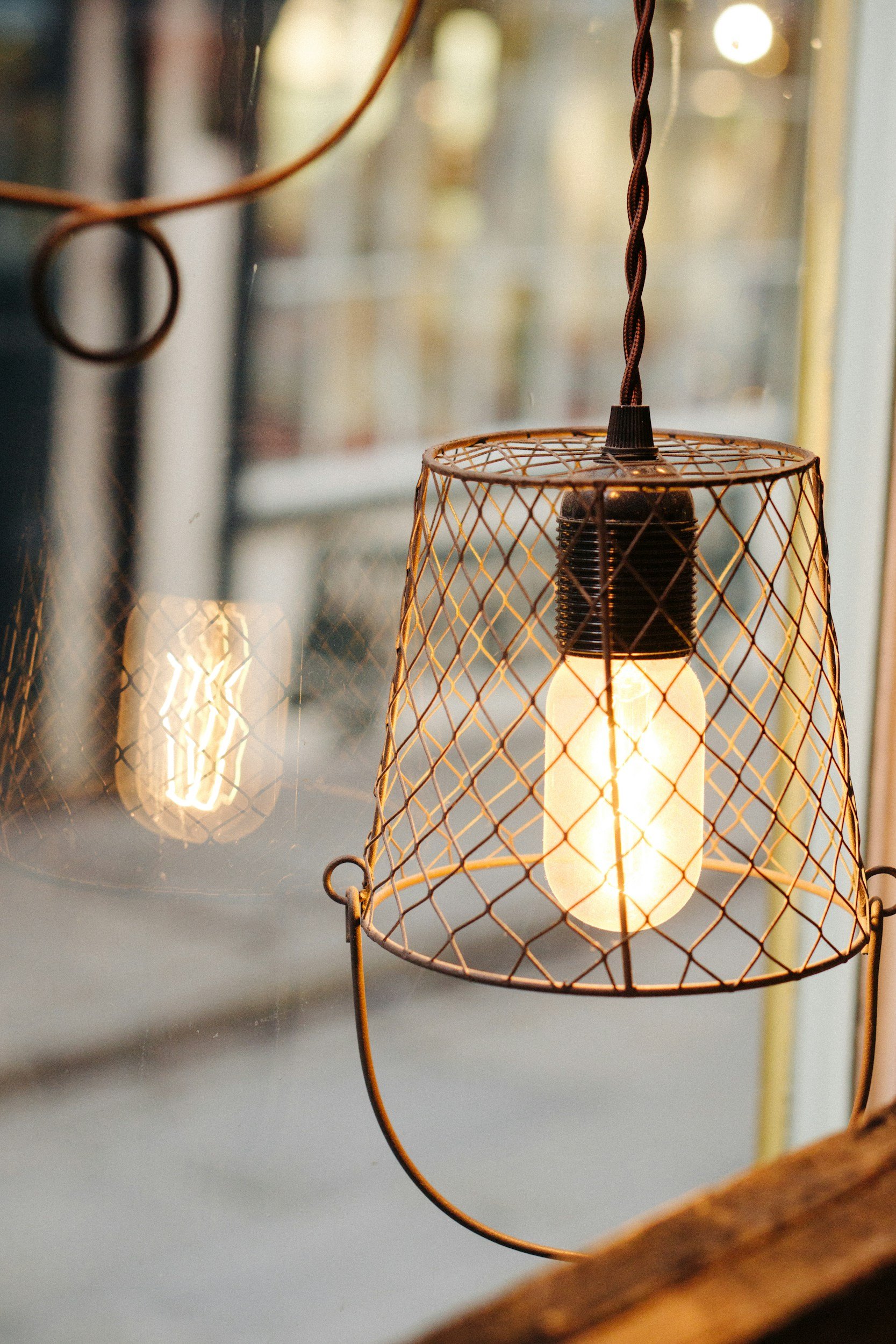
Choosing the Right Urn: Material, Style, and Personalization
When selecting an urn, the material is one of the most important factors to consider. Traditional urns are often made from materials like wood, metal, or ceramic, but for those concerned about the environment, there are greener options available. Biodegradable urns, made from sustainable materials like bamboo, recycled paper, or salt, are designed to break down naturally over time, reducing their environmental footprint (Funeral Consumer Alliance, 2018). These eco-friendly urns are ideal for water burials or natural burial sites, as they return the remains to the earth without harming the ecosystem.

A Brief History of Urns: From Ancient Traditions to Modern Memorials
One of the earliest known uses of urns dates back to the Bronze Age (3300-1200 BCE), where archaeological findings reveal that people from ancient China, Greece, and Rome used urns to hold cremated remains. In ancient Greece, urns, or lekythos, were used in funeral rites and often adorned with depictions of mourning scenes or mythological stories

Creating Projections for Your Small Business
A well-designed projections spreadsheet includes estimated revenue, fixed and variable costs, and potential profit margins. Start by listing all your anticipated expenses, including rent, utilities, inventory, payroll, and marketing. This will give you a clear picture of how much money you need to generate to break even and eventually turn a profit (Burns, 2021). Be sure to differentiate between fixed costs—those that remain consistent month-to-month—and variable costs that may fluctuate depending on business activity.

Finding and Selecting the Right Space for Your Business
Choosing the right location is one of the most critical decisions when starting a business. It impacts everything from foot traffic to operational efficiency, so making a well-informed decision is key. Whether you’re opening a storefront, office, or service-based business, the space you choose should support both your immediate needs and long-term growth.

Assembling a Team: Building Your Support Network as a Solopreneur
Assembling a team of trusted professionals is a wise investment in the longevity and success of your business. While it may feel like an added expense initially, the expertise and support they provide are invaluable, offering peace of mind and a solid foundation upon which to build your business.

Crafting a Business Plan: The Blueprint for Your Success
Creating a comprehensive business plan is one of the most crucial steps in starting a new business. If I am being honest, Eternal Tides relied on a Google Docs template to help structure our thoughts and goals for this document, but many other resources are available to guide you through the process.

Finding Funding for Your Small Business: Navigating the Options
Finding the right funding for your business is not always easy, and each option comes with its own set of challenges. From our perspective, here are some of the things we had explored.

Finding an Idea Worthy of Attention
Finding a business idea worthy of attention requires a mix of introspection, market analysis, and trend observation. By combining personal passion with market demand and forward-looking insights, entrepreneurs can develop ideas that are not only innovative but also have the potential for long-term success.

Conflicting Cultures: Burial and Death Care in the US
In the United States, burial practices are deeply embedded in cultural and religious traditions that have evolved over centuries. These practices serve as a means of honoring the deceased, providing comfort to the living, and maintaining a connection to familial and communal roots. However, the security of tradition can also lead to an uncritical acceptance of practices that may no longer align with contemporary values or environmental realities. As we confront the environmental and health concerns associated with burial, it is equally important to consider the cultural implications of these practices and the potential for cultural harm.

Environmental and Health Concerns of Modern U.S. Burial Practices
Modern U.S. burial practices, though steeped in cultural and religious traditions, carry a significant environmental burden. Traditional in-ground burials often involve embalming, the use of non-biodegradable caskets, and the allocation of vast tracts of land for cemeteries, all of which raise serious environmental concerns. Embalming fluid, which commonly contains formaldehyde, presents a particularly troubling issue. Formaldehyde is a known carcinogen, and its seepage into the soil from buried bodies can contaminate groundwater, posing long-term public health risks.

A Brief History of US Burial Practices
The development of rural cemeteries, while innovative, did not fully address the public health concerns that emerged as cities grew. Overcrowded cemeteries, particularly in urban areas, sparked fears of water contamination and the spread of disease, as decomposing bodies were suspected of contributing to these risks...

The Environmental Impact and Health Concerns of Flame-Based Cremation
Flame-based cremation, while initially introduced as a sanitary alternative to burial, carries significant environmental and health concerns. The process involves burning the body at high temperatures, which releases harmful pollutants like carbon dioxide (CO2), mercury from dental fillings, and dioxins into the atmosphere. These emissions contribute to air pollution and climate change. A single cremation can emit up to 400 kg of CO2, comparable to a 500-mile car trip

A Brief History of Flame-Based Cremation in America
Flame-based cremation, also known as traditional cremation, has a relatively recent history in America, with its roots in the late 19th century. The practice of cremation was introduced in the United States in 1876 when Dr. Julius LeMoyne, a physician and social reformer, built the first crematory in Washington, Pennsylvania. Dr. LeMoyne was influenced by growing concerns about public health

Coping with Pet Loss: Resources and Support
Understanding how to cope with pet loss and where to find support can be crucial during this difficult time.
One of the first steps in coping is acknowledging the grief. Pet loss can trigger emotions similar to those felt after the loss of a human loved one, including sadness, anger, and even guilt. It’s important to give yourself permission to feel these emotions and recognize that your grief is valid.

Sustainable Pet Ownership: Tips for an Eco-Friendly Life
As a pet owner, your love for your furry friends can extend beyond just their well-being to also caring for the environment. Here are some tips for making pet ownership more sustainable, helping to reduce your carbon footprint while providing the best care for your pet.

Understanding Your Pet Aftercare Options
Losing a beloved pet is never easy, and deciding how to care for them after they pass can be overwhelming. Understanding your options—cremation, burial, and aquamation—can help you make an informed decision that feels right for you and your pet.

What’s Up With In-Home Euthanasia
A brief discussion of the challenges of in-home euthanasia for veterinarians

A Pet Funeral? You’re Joking, Right?
Pet Funerals are important and offer psychological benefits

Why Choose Aquamation for Your Pets
Making the choice for aquamation is multi-factorial; here are some benefits.

